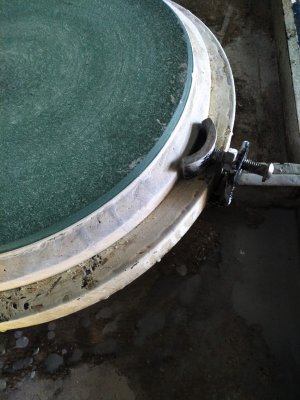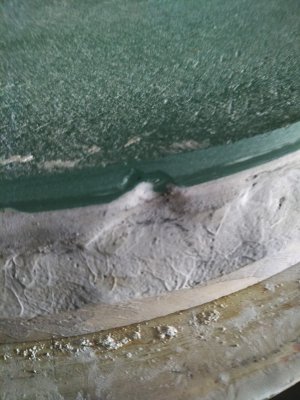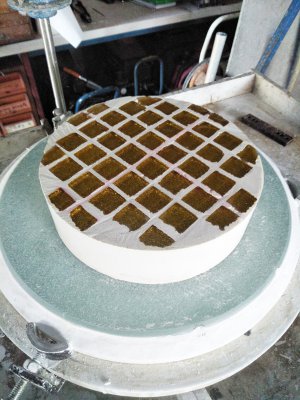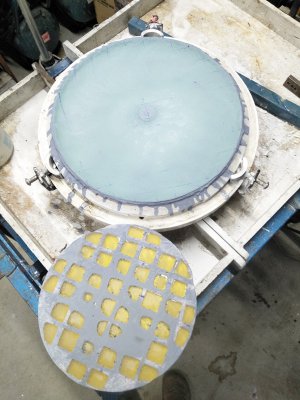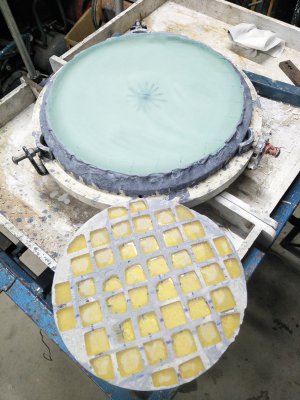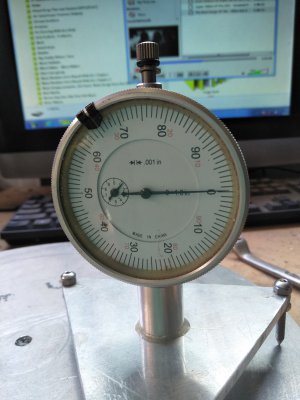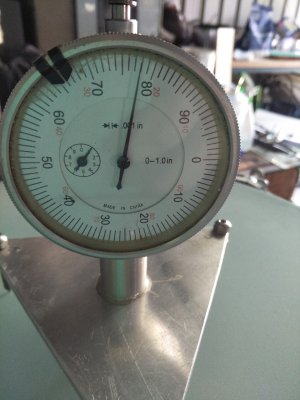- Joined
- Aug 22, 2012
- Messages
- 4,116
Couple of short noisy vids showing the grinding.
I dont know why it published them as shorts though. (Maybe because they are--------------short?)
this one shows the diamond disk smoothing the edge at 90'
Grinding the bevel on the corners at 45'
The mirrors are not quite centered on the turntable so the pulsing of the diamond disk is quite pronounced.
Both mirrors now have their back face bevels done
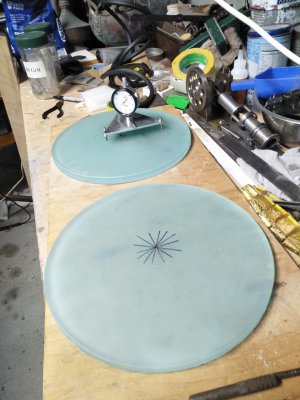
For the 90' I let the diamond disk free wheel but for the bevels it took way too long so I drove the disk with my drill, mirror moving clockwise and diamond disk anti-clockwise. 5 mins to do each mirror, took way longer than that just to set them up.
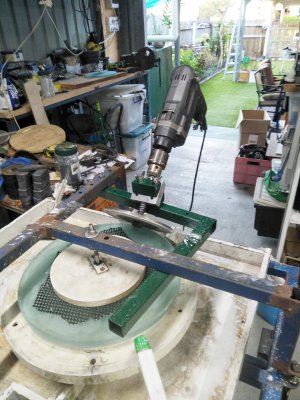
But, it was messier with glass dust and water splashing everywhere.
I dont know why it published them as shorts though. (Maybe because they are--------------short?)
Both mirrors now have their back face bevels done

For the 90' I let the diamond disk free wheel but for the bevels it took way too long so I drove the disk with my drill, mirror moving clockwise and diamond disk anti-clockwise. 5 mins to do each mirror, took way longer than that just to set them up.

But, it was messier with glass dust and water splashing everywhere.


